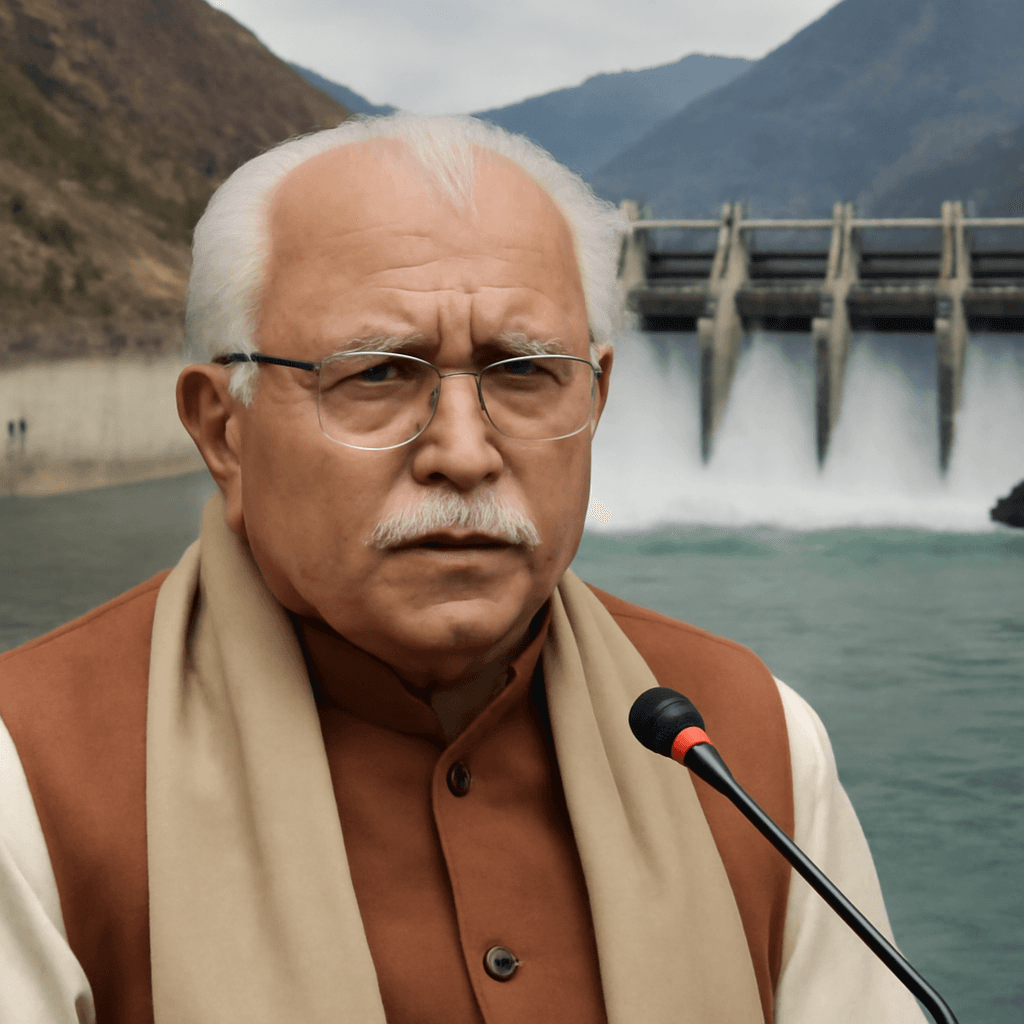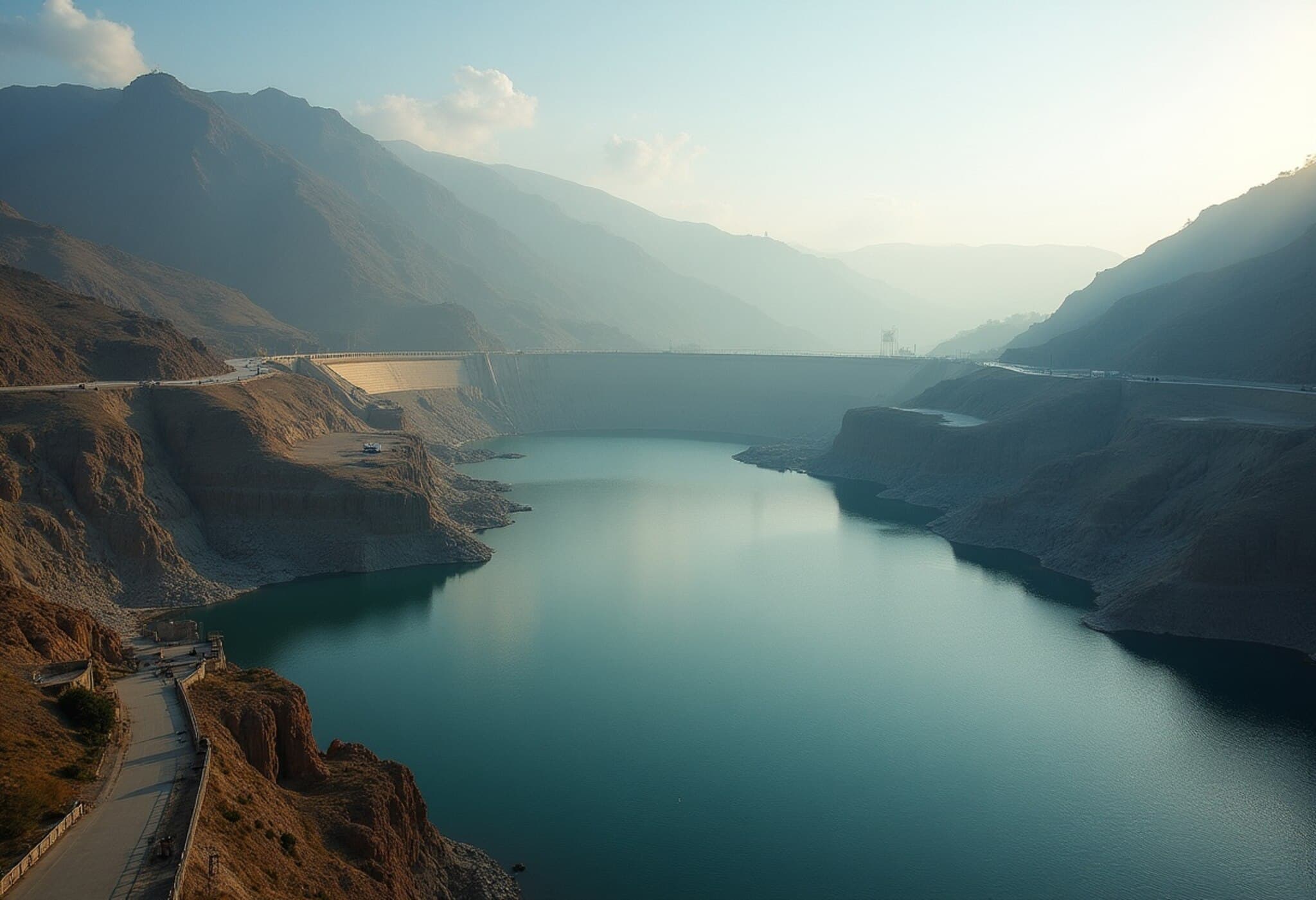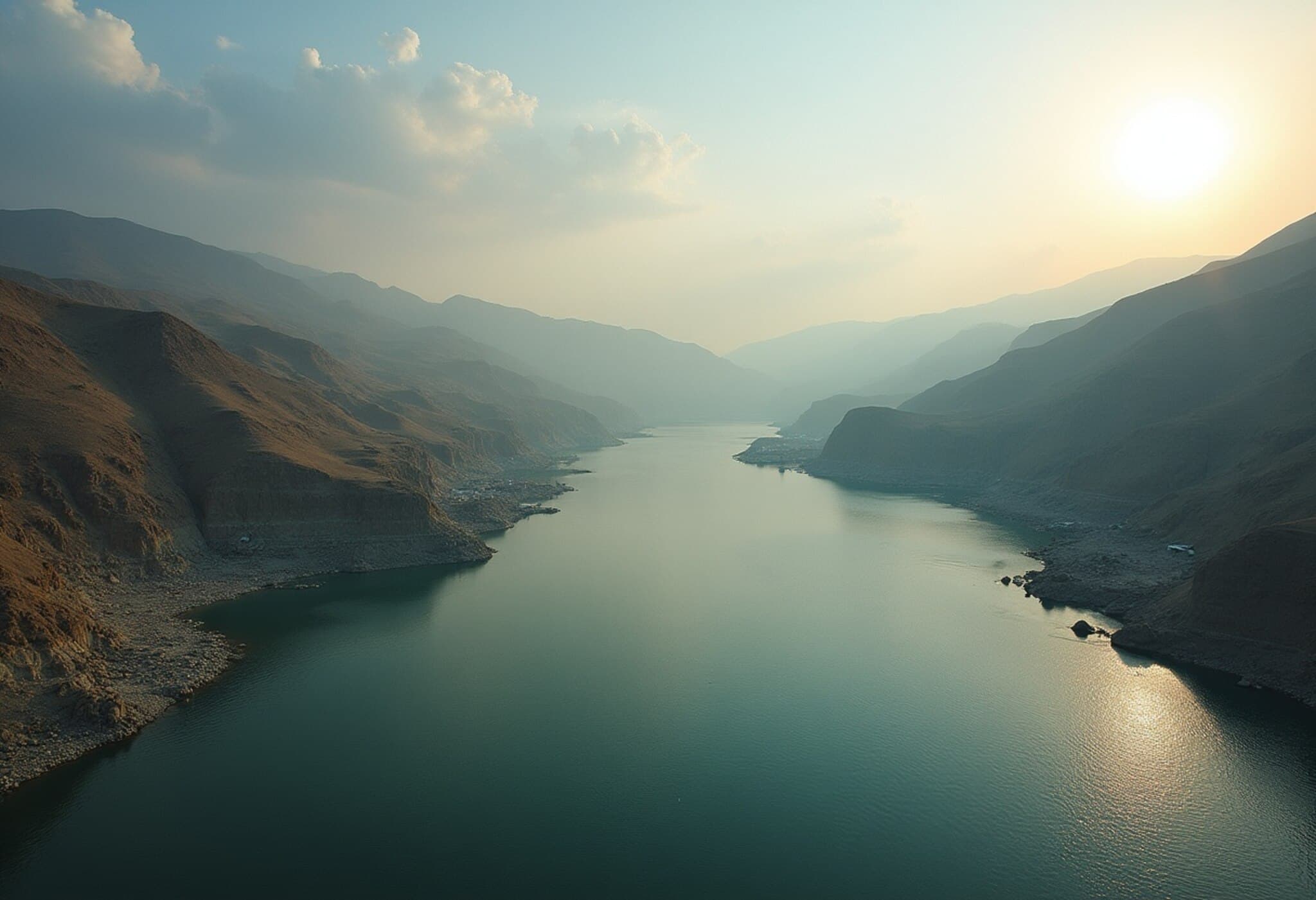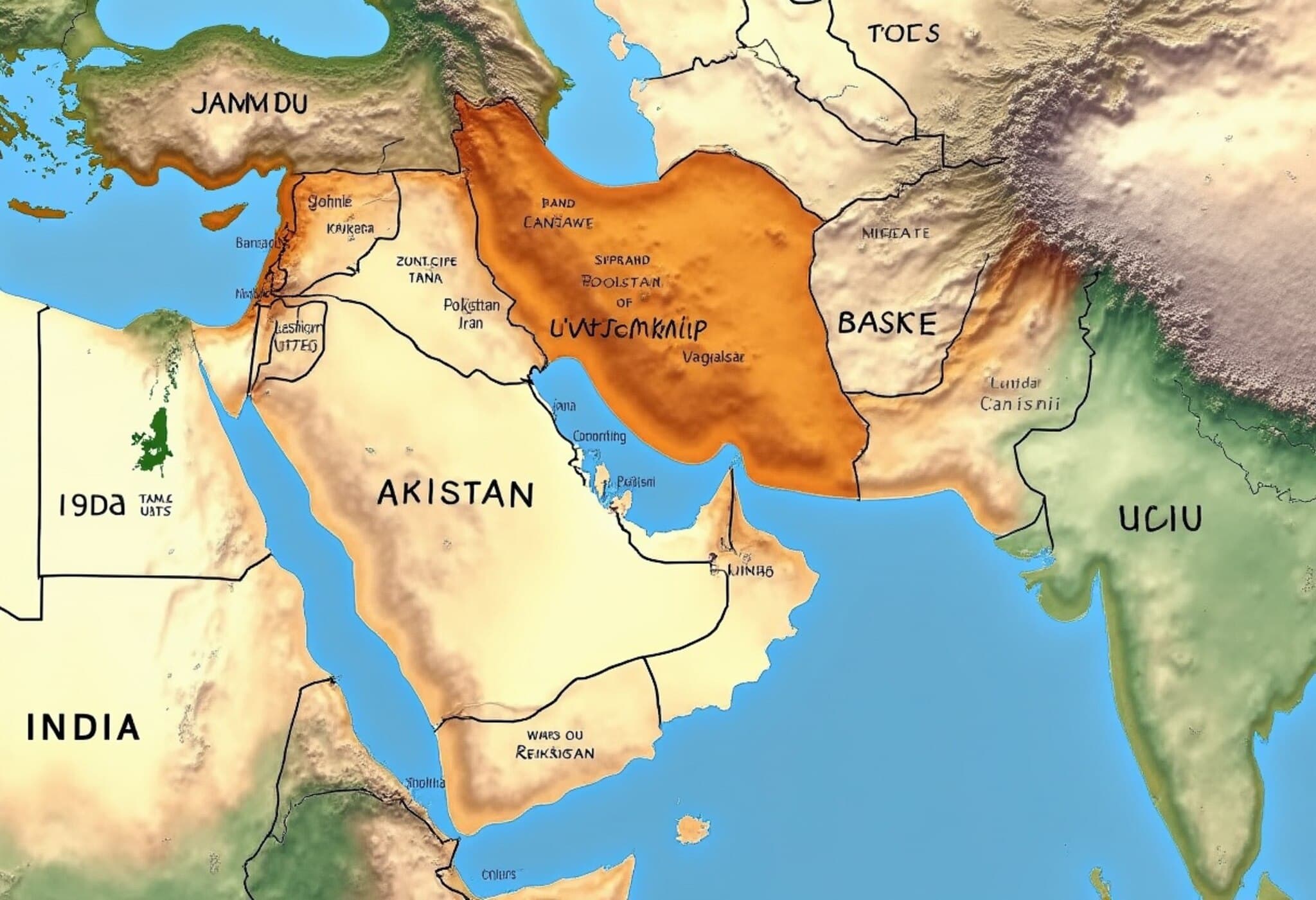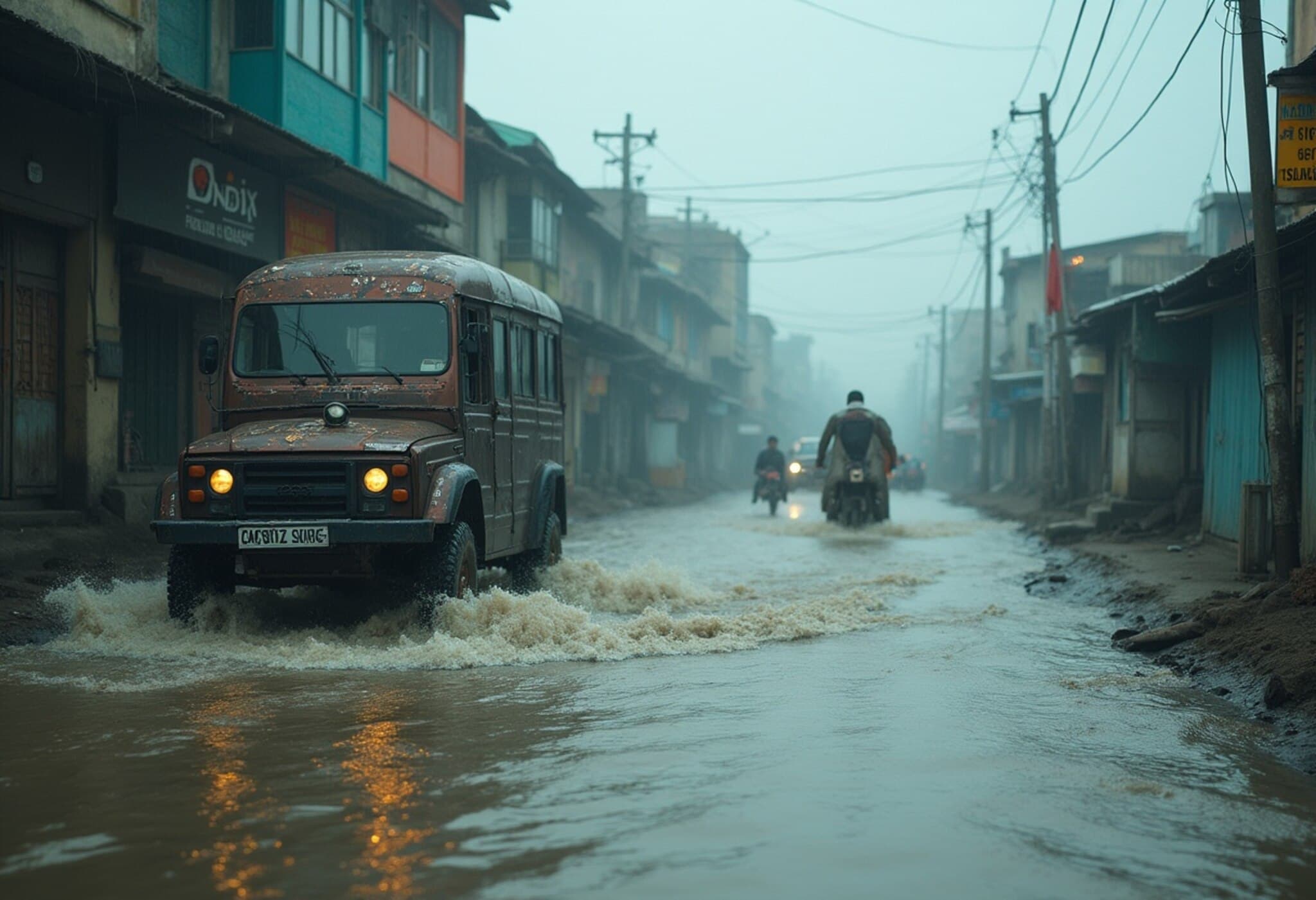India Eyes Enhanced Water Storage in Future J&K Hydroelectric Projects
India is poised to boost water storage capacity in new hydroelectric projects planned for Jammu and Kashmir, according to Union Power Minister Manohar Lal Khattar. Speaking on Tuesday, Khattar emphasized that while upcoming projects may see increased storage, ongoing developments will proceed without any changes.
No Alterations to Existing Projects
Addressing the technical status of projects already under construction, Khattar clarified, “No modifications will be made to ongoing hydro projects as their specifications have been finalised.” Nonetheless, for projects still in the planning phase, India is exploring options to enhance both water retention and power generation capabilities.
Context: Indus Waters Treaty and Recent Developments
This strategic shift follows the Indian government's decision to suspend the Indus Waters Treaty with Pakistan after the militant attack in Pahalgam on April 22. The treaty traditionally restricts water storage capacities for hydro projects across the Indus river basin, but India’s new approach signals a move toward greater control over water resources in the region.
Upcoming Jammu & Kashmir Hydro Projects
Currently, four hydroelectric projects in Jammu and Kashmir have received Central Electricity Authority approval but have not yet broken ground. These are:
- New Ganderbal (93 MW) on Sindh Nallah
- Kirthai-II (930 MW) on the Chenab River
- Sawalkot (1,856 MW) also on the Chenab
- Uri-I Stage-II (240 MW) on the Jhelum River
All projects are currently designed as run-of-the-river, meaning they have minimal water storage. With the new policy, India is considering increasing reservoir capacities to enhance power output and water management efficiency.
Looking Ahead
The proposed adjustments signal a significant shift in India’s management of Himalayan river resources, especially as geopolitical tensions influence water-sharing agreements. Enhancing water storage in hydro projects could improve energy security while providing greater flexibility for flood control and irrigation.
As these developments unfold, the landscape of hydroelectric power in Jammu and Kashmir could see transformative change, balancing India’s growing energy demands and strategic interests.

